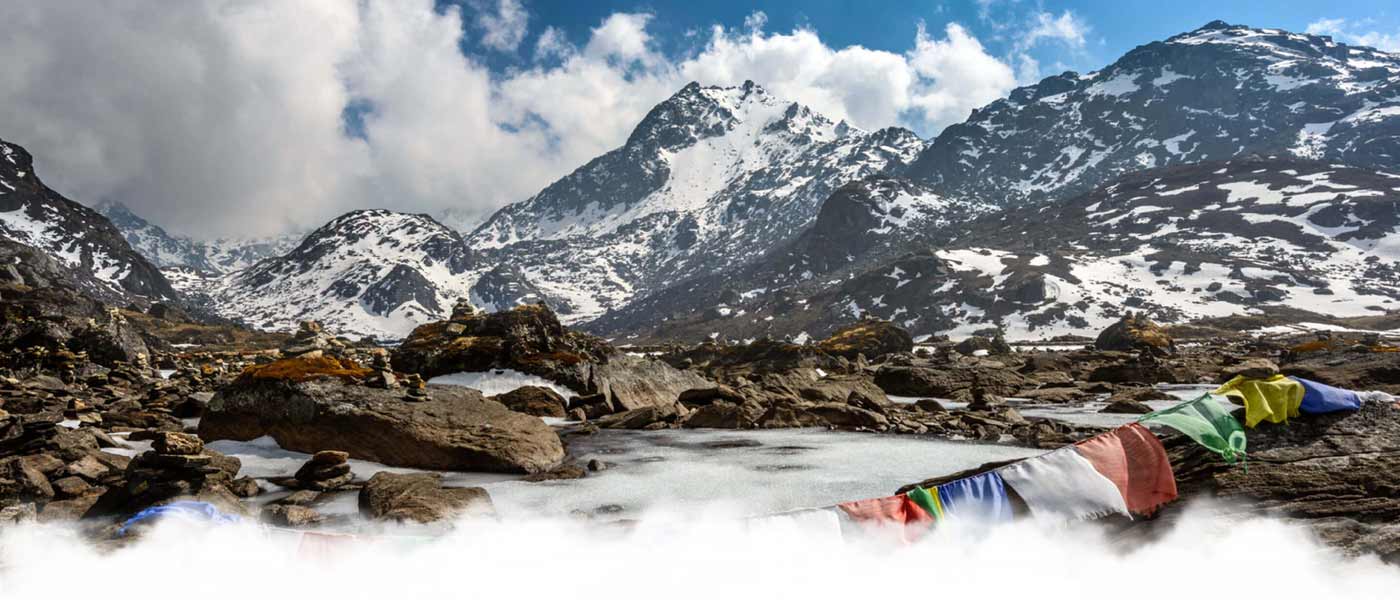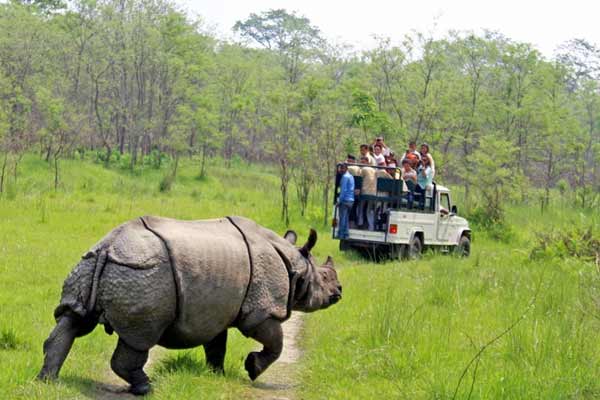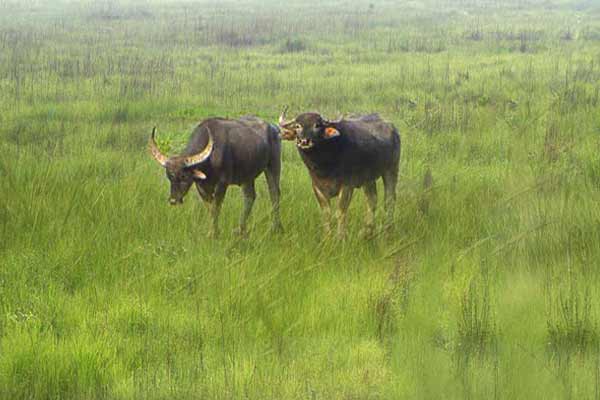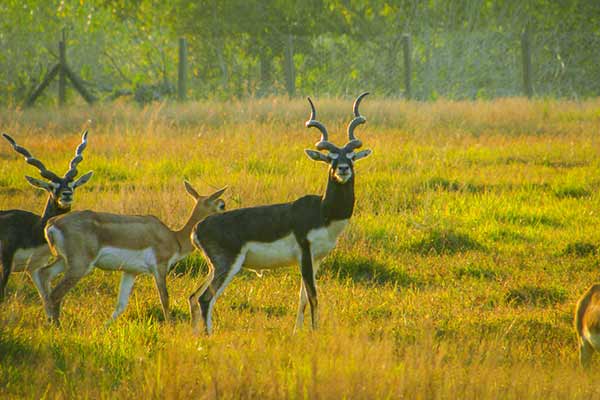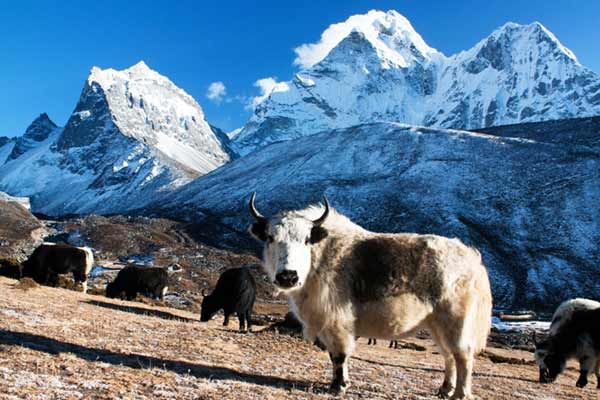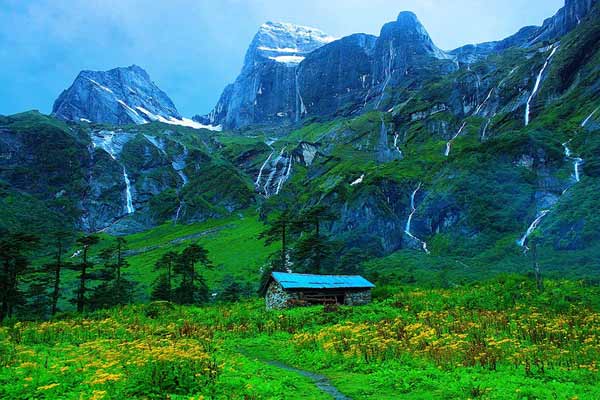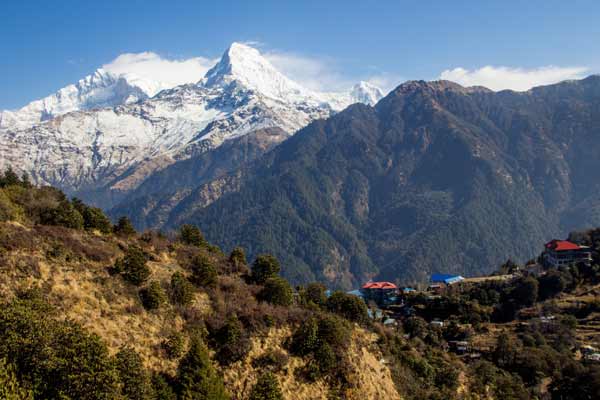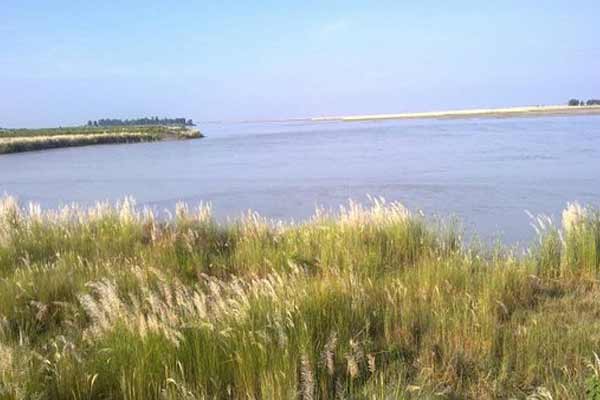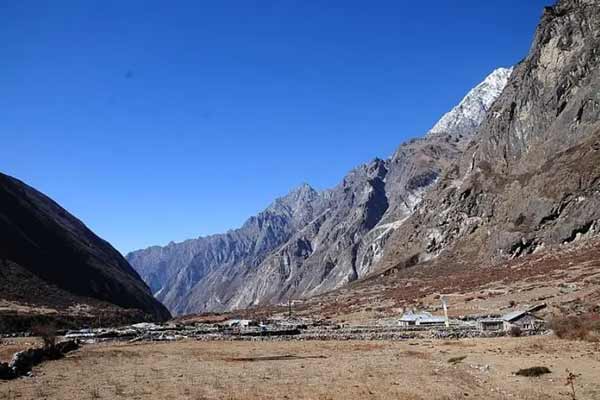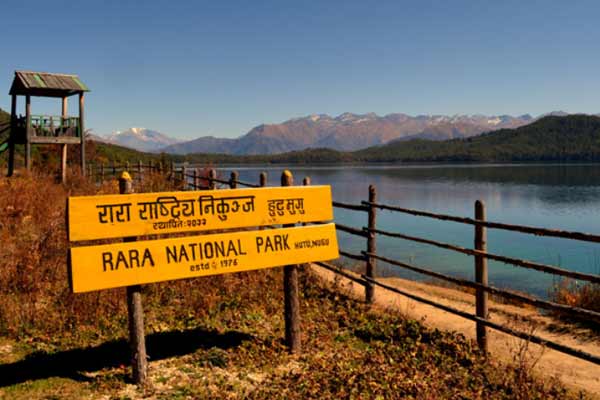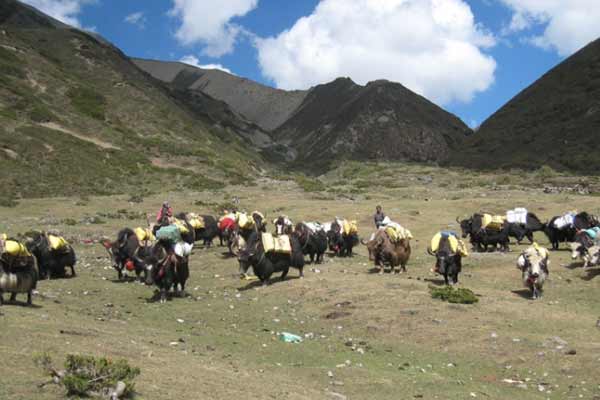
Chitwan National Park
Chitwan National Park is the first national park in Nepal and boasts a beautiful setting and abundant wildlife. Established in 1973, this park covers an area of 932 km² (360 m²) and is located in the subtropical Inner Terai lowlands of south-central Nepal. The altitude varies from 100 m (330 ft) in the river valleys to 815 m (2 674 ft) higher up in the Churia Hills in the south.
Chitwan National Park is home to many endangered animals, such as the greater one horned rhinoceros, royal Bengal tiger, gharial crocodile, fresh water gangetic dolphin and others. In addition, four types of deer, two types of monkeys, wild boar, sloth bear, elephant and leopard can also be found here.
Chitwan National Park is a paradise for birdwatchers. It has recorded 634 species of birds, including the most endangered Bengal florican, great pied hornbill and many reptiles, amphibians and fish.
At the beginning of the nineteenth century, cultivation in the valley was deliberately prohibited by the government of Nepal in order to maintain a barrier of disease-ridden forests as a defense against the invasion of diseases from the south. Then for the century between 1846 and 1950, when the Rana prime ministers were de facto rulers of Nepal, Chitwan was declared a private hunting reserve, maintained exclusively for the privileged classes. Penalties for poaching were severe - capital punishment for killing rhino - and the wildlife in the area thus received a measure of protection.
From time to time great hunts for rhino were held during the cool, mosquito-free winter months from December to February. The Ranas invited royalty from Europe and the Princely States of India, as well as other foreign dignitaries, to take part in these grand maneuvers, which were organized on a magnificent scale, often with several hundred leopards.
At the time of its establishment the park covered 210 square miles. After an extension in 1980, it now covers 620 square miles, and another enlargement, now proposed, and contains a wide variety of habitats, from the grassland and riverine forests of the valleys to the sal forest on the hills and the chir pine that grows along the ridges.
FEATURES
The Park consists of a diversity of ecosystems-including the Churia hills, Ox-bow lakes, and the flood plains of the Rapti, Reu and Narayani Rivers. The Churia hills rise slowly towards the East from 150 m. to more than 800 m. The western portion of the Park is comprised of the lower but more rugged, Someshwor hill. The Park shares its eastern boundary with the Parsa Wildlife Reserve.
FLORA AND FAUNA
The Chitwan valley consists of tropical and subtropical forests. Sal forests cover 70 percent of the park. Sal leaves are used locally for plates in festivals and religious offerings.
Grasslands cover 20 percent of the Park. There are more than 50 different types of grasses, including the elephant grass (Saccharum spp), renowned for its immense height. It can grow up to 8m in height. The park is home to more than 50 mammal species, over 525 birds, and 55 amphibians and reptiles. The endangered fauna found in the Park are: One-horned rhinoceros, Gaur. Royal Bengal tiger. Wild elephant, Four horned antelope, Pangolin, Golden monitor lizard, Python, etc. Bengal florican. Lesser florican, Giant hornbill, Black stork, White stork, etc.
FACILITIES
The Park offers interesting sites and activities. The display at the visitor centre at Sauraha provides fascinating information on wildlife and conservation program. The women's user groups' souvenir shop offers a variety of handicrafts and other local products for gifts and souvenirs.
Elephant safari provides opportunity to get a closer view of the endangered one-horned rhinoceros. One may also get a glimpse of the exlusive Bengal tiger. The Elephant Breeding Center at Khorsor, Sauraha gives you information on captive elephant and the calves born there.
The museum at Kasara, the Park headquarters, has informative displays- near the HQ visitors can see Bikram Baba, a Hindu religious site of archival value. A short walk (1km) from the Park HQ will take you to the Gharial Breeding Center, which is also a home to the Marsh mugger, gharial crocodiles and other turtles.
Wildlife Sanctuaries Nepal
Wildlife Sanctuaries in Nepal If your current vacation were to the hill stations, beaches or historic places, then sticking around the “Nepal Wildlife Sanctuary” will be an extremely crazy experience for you. Yeah you heard right, Nepal nestled in the middle of high mountain ranges and infinite grassland has rich fauna and flora. According to conservative evaluation, it has nearly 100 varied species of animals and around 750 types of aerial species in entirety. So without ado, book the accommodation/safari, pack your comfortable attires, binoculars, sun protection gear, camera and get ready to explore the wilderness which is full of plant and animal life. Here are the top 10 Wildlife Sanctuaries of Nepal.
 +91 9799050299
+91 9799050299 